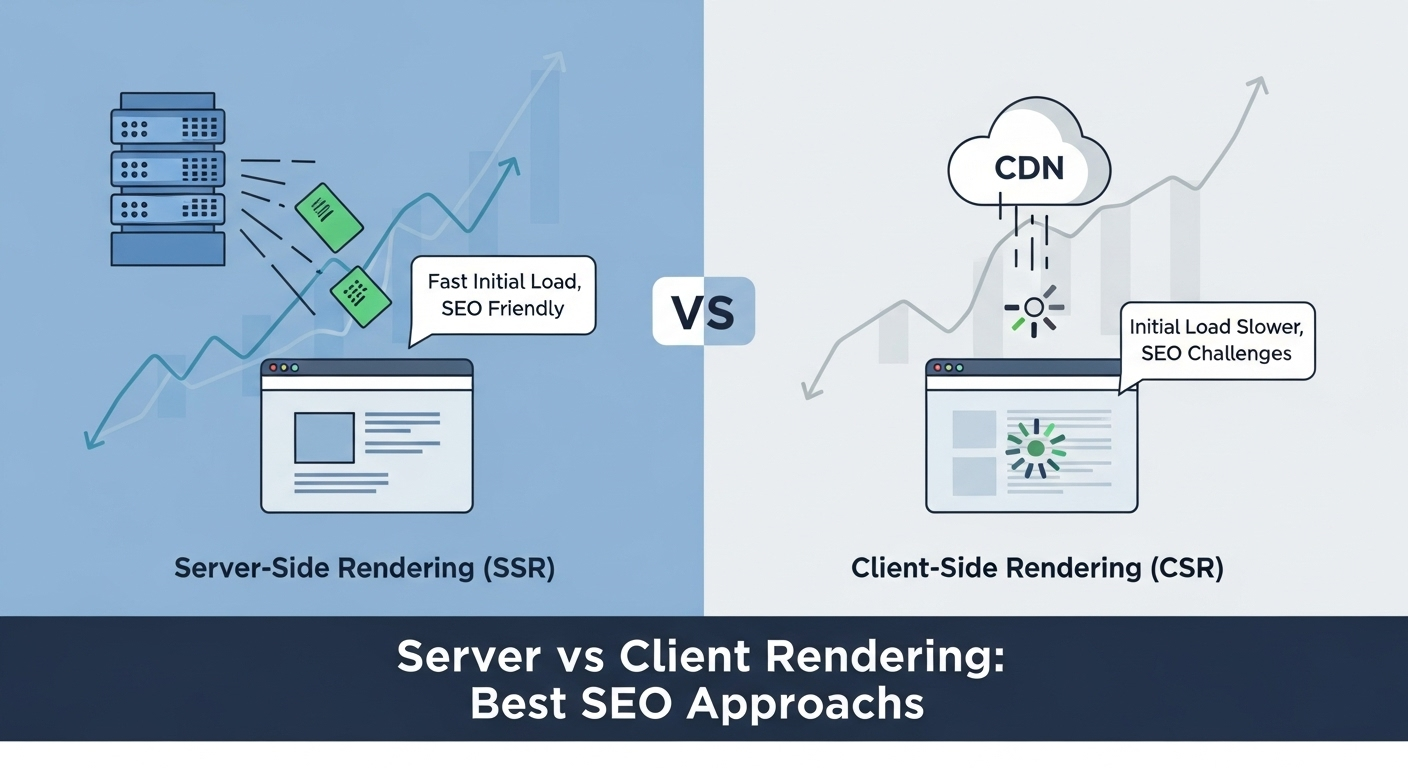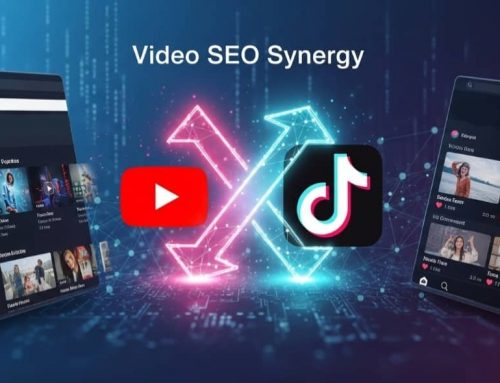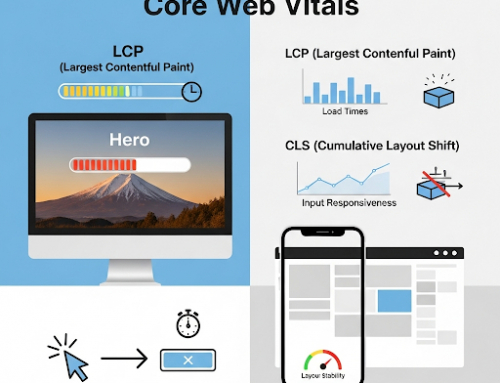Introduction
Contemporary websites depend significantly on JavaScript frameworks such as React, Angular, and Vue to develop dynamic and interactive experiences. Nevertheless, this dependence presents challenges for search engine crawlers like Googlebot, which are required to interpret and index content that is generated after the initial page load.
The method by which content is rendered—either on the server or within the browser—has a substantial impact on a website’s performance in search rankings. Grasping the distinctions between Client-Side Rendering (CSR) and Server-Side Rendering (SSR) is crucial for effective technical SEO.
1. Client-Side Rendering (CSR): The Modern Pitfall
How It Works:
-
The browser receives a minimal HTML file (a “shell”) with links to JavaScript and CSS.
-
JavaScript downloads and executes in the browser.
-
The script fetches data via APIs and dynamically builds the content into the DOM.
SEO Impact:
✅ Pros:
-
Fast Initial Load: Users see the page shell almost immediately.
-
Reduced Server Load: The server only delivers static files.
-
Rich Interactivity: Ideal for Single Page Applications (SPAs) and smooth navigation.
❌ Cons:
-
Two-Wave Indexing Problem: Googlebot must first crawl the HTML, then render the page later—sometimes weeks later.
-
Crawl Budget Waste: Rendering consumes more of Google’s resources, risking missed content.
-
Slower Time to Content: Real content is loaded only after JavaScript execution, delaying indexing.
Bottom Line:
CSR offers great user experiences but can harm SEO because Googlebot may struggle to render JavaScript-heavy pages efficiently.
2. Server-Side Rendering (SSR): The SEO-Friendly Solution
How It Works:
-
The server executes JavaScript and generates the complete HTML before sending it to the browser.
-
The browser receives fully-rendered content immediately.
-
JavaScript then “hydrates” the page for interactivity.
SEO Impact:
✅ Pros:
-
Instant Content Access: Googlebot sees complete HTML right away.
-
Faster Indexing: No rendering delay; content is discovered immediately.
-
Reduced Crawl Budget Strain: Less work for Googlebot means more pages can be indexed efficiently.
❌ Cons:
-
Increased Server Load: The server must render each request.
-
Slightly Slower TTFB (Time to First Byte): More computation before sending the page.
-
Setup Complexity: Requires more technical setup and maintenance.
Bottom Line:
SSR is ideal for SEO-focused websites, ensuring immediate, complete content visibility to crawlers and users alike.
3. The Modern Compromise: Isomorphic and Hybrid Rendering
Many developers now use hybrid approaches that combine the best of both CSR and SSR.
A. Static Site Generation (SSG)
How It Works:
-
Pages are pre-rendered into static HTML at build time, before deployment.
Best For:
-
Marketing sites, blogs, or documentation pages with infrequent updates.
SEO Benefit:
-
Perfect TTFB and instant indexing because the content is static and immediately available.
(Examples: Gatsby, Next.js Static Export)
B. Dynamic Rendering (Dual Delivery)
How It Works:
-
The server detects the visitor’s user agent.
-
Human users receive the CSR version, while crawlers get a pre-rendered SSR version.
Caution:
-
This method is allowed by Google, but the content served to crawlers must be identical to that seen by users to avoid cloaking violations.
Conclusion: Prioritize Content Delivery
Choosing the right rendering strategy is a strategic decision that directly affects SEO, website speed, and user experience. The golden rule for modern SEO is to ensure that all meaningful content is visible in the HTML source before any JavaScript runs. For the best results, server-side rendering (SSR) or static site generation (SSG) should be used for SEO-critical websites such as e-commerce platforms, blogs, and publishing sites, while client-side rendering (CSR) is better suited for user-restricted areas like dashboards or applications where search indexing is not necessary. Ultimately, focusing on delivering complete and accessible content in the HTML response ensures faster indexing and stronger visibility in search engines, optimizing not only what you show but how you deliver it.






